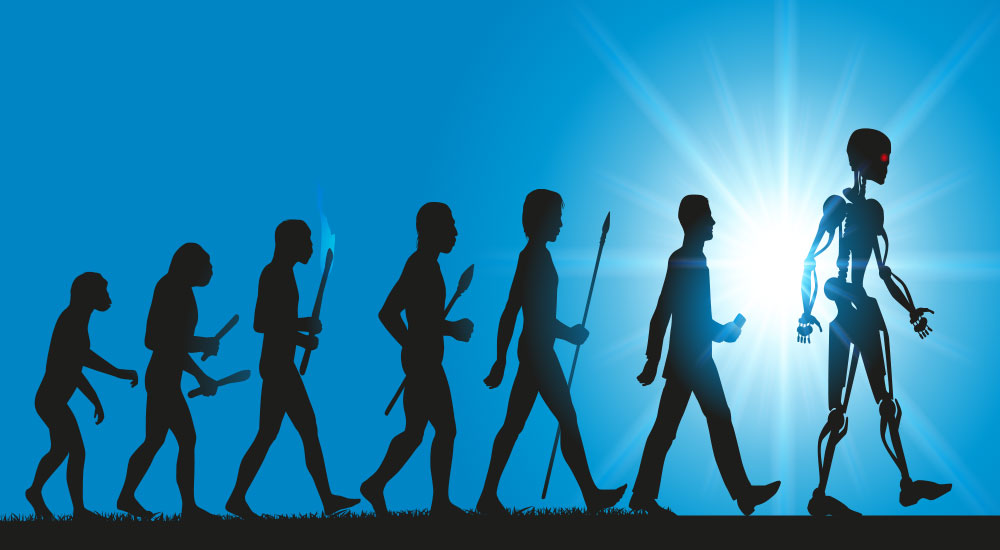With the help of modern AI software, representatives at the University of Antwerp have discovered the authors of two early papers on evolution.
Some anonymously published papers on evolution far predate the publication of Charles Darwin’s Origin of Species (1859). With the help of modern AI software, Koen Tanghe (UGent) and Mike Kestemont (UAntwerpen) have revealed the authors of two of these papers. This work may help to foster interest in those early intriguing publications on evolution, their authors and their possible influence on Charles Darwin.
Due to their speculative and controversial nature, several articles on evolution were published anonymously during this early but influential blossoming of evolutionary thought. Two particularly remarkable articles were published in 1826 and 1827. They are among the first academic publications on evolution in Great Britain and are likely to have influenced and maybe even inspired Darwin. However, the question of the authorship of these texts has always remained open.
Koen Tanghe (UGent) and Mike Kestemont (UAntwerpen) have now turned to Artificial Intelligence to investigate this mystery from a completely new angle. In the field of stylometry, algorithms are developed to attribute anonymous texts to authors on the basis of stylistic patterns in writing, such as word frequencies. By using a state-of-the-art method for authorship verification, they have succeeded in confirming content-based conjectures about the identity of the authors of these anonymous texts. The results affirm what several scholars suspected but could not prove, with the help of AI.
Computational stylometry has already proven its value in resolving cases of disputed authorship in literary works and will, in the future, undoubtedly also further advance the history of science.
Mike Kestemont said: “Much advance has recently been made in applying Artificial Intelligence to historiographical problems. However, these techniques remain experimental and it is always reassuring to see how closely the results of a computational analysis sometimes align with the opinion of scholars.”
Click below to share this article

